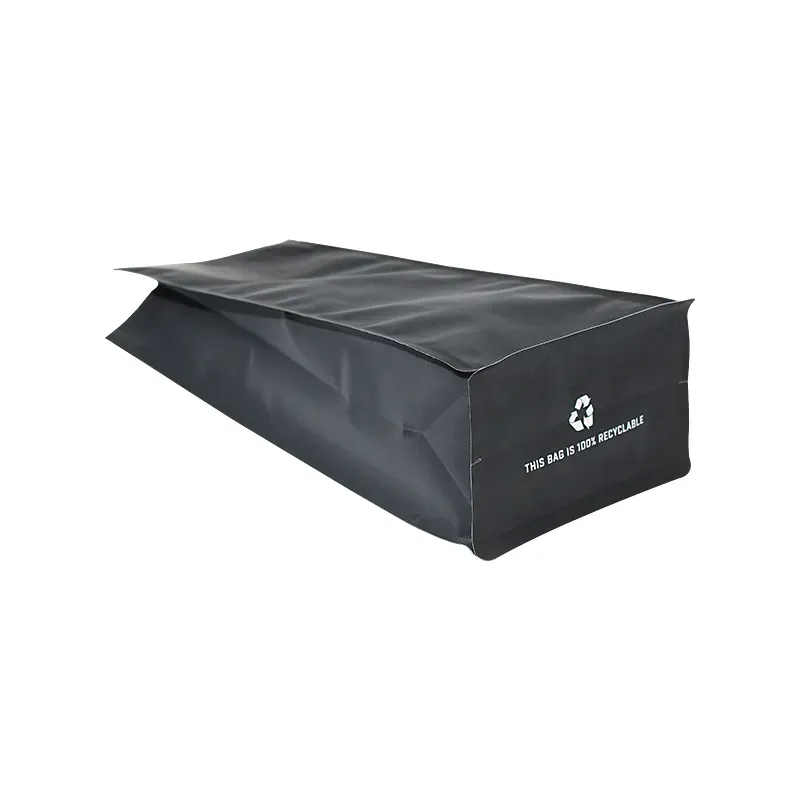- Afrikaans
- Albanian
- Amharic
- Arabic
- Armenian
- Azerbaijani
- Basque
- Belarusian
- Bengali
- Bosnian
- Bulgarian
- Catalan
- Cebuano
- chinese_simplified
- chinese_traditional
- Corsican
- Croatian
- Czech
- Danish
- Dutch
- English
- Esperanto
- Estonian
- Finnish
- French
- Frisian
- Galician
- Georgian
- German
- Greek
- Gujarati
- haitian_creole
- hausa
- hawaiian
- Hebrew
- Hindi
- Miao
- Hungarian
- Icelandic
- igbo
- Indonesian
- irish
- Italian
- Japanese
- Javanese
- Kannada
- kazakh
- Khmer
- Rwandese
- Korean
- Kurdish
- Kyrgyz
- Lao
- Latin
- Latvian
- Lithuanian
- Luxembourgish
- Macedonian
- Malgashi
- Malay
- Malayalam
- Maltese
- Maori
- Marathi
- Mongolian
- Myanmar
- Nepali
- Norwegian
- Norwegian
- Occitan
- Pashto
- Persian
- Polish
- Portuguese
- Punjabi
- Romanian
- Russian
- Samoan
- scottish-gaelic
- Serbian
- Sesotho
- Shona
- Sindhi
- Sinhala
- Slovak
- Slovenian
- Somali
- Spanish
- Sundanese
- Swahili
- Swedish
- Tagalog
- Tajik
- Tamil
- Tatar
- Telugu
- Thai
- Turkish
- Turkmen
- Ukrainian
- Urdu
- Uighur
- Uzbek
- Vietnamese
- Welsh
- Bantu
- Yiddish
- Yoruba
- Zulu
what does silica gel do
What Does Silica Gel Do?
Silica gel is a common substance that is often found in small packets labeled “Do Not Eat” that accompany various products such as shoes, electronics, and food items. While many people may be familiar with these packets, few truly understand what silica gel does and why it is included with certain products. This article delves into the properties, uses, and benefits of silica gel, explaining its significance in various industries.
Understanding Silica Gel
Silica gel is a synthetically produced form of silicon dioxide (SiO₂), a natural substance found in quartz and sand. The gel is available in granular form and consists of tiny porous beads that can absorb moisture from the surrounding environment. Because of its unique characteristics, silica gel has a high surface area and can hold up to 40% of its weight in moisture.
Moisture Control and Protection
One of the primary functions of silica gel is moisture control. It is commonly used as a desiccant, which is a substance that helps to keep materials dry by absorbing excess moisture from the air. This is particularly important for products that are sensitive to humidity, such as electronics, leather goods, and pharmaceuticals. Moisture can cause damage to these items, leading to issues such as mold, corrosion, and deterioration. By including silica gel packets in packaging, manufacturers can significantly extend the shelf life of their products and maintain their quality.
Applications of Silica Gel
Silica gel has a wide range of applications across various industries. In the food industry, it is often used to keep food items dry and prevent spoilage. For instance, it can be found in packets alongside dried foods like jerky or spices. For electronic devices, silica gel absorbs any moisture that could cause internal corrosion or malfunctions. Additionally, it is used in the pharmaceutical industry to ensure the integrity of medications by controlling humidity and preventing degradation.
what does silica gel do

In everyday life, silica gel has practical applications beyond commercial use. Many people choose to use silica gel packets in their own homes, placing them in closets, toolboxes, or storage containers to prevent moisture buildup and protect items from damage caused by humidity. They can also be used in hobby activities, such as drying flowers, or even in sneakers to help absorb sweat and maintain freshness.
Benefits of Silica Gel
There are several benefits to using silica gel as a desiccant. First and foremost is its effectiveness; its moisture-absorbing capabilities are well-documented and widely relied upon in both commercial and personal applications. It is also relatively inexpensive, making it accessible for a variety of uses. Furthermore, silica gel is non-toxic and safe for most applications, although consuming it is not advised. Its ability to be reused is another advantage; by heating silica gel in an oven, the moisture it has absorbed can be removed, allowing it to be used again for moisture control.
Environmental Considerations
While silica gel is generally safe, it is essential to handle it responsibly. Many packets are marked with “Do Not Eat,” as ingesting large amounts can be harmful, though it is not toxic in small quantities. Additionally, silica gel is not biodegradable, which raises concerns regarding its environmental impact. To mitigate this, some manufacturers are exploring eco-friendly alternatives or improving the recyclability of silica gel products.
Conclusion
In summary, silica gel plays a vital role in protecting products from moisture damage across various industries. Its unique properties make it an effective and economical desiccant while providing numerous benefits, from preserving food to prolonging the life of electronic devices. Understanding the purpose and advantages of silica gel allows consumers to appreciate this often-overlooked product and utilize it effectively in both commercial and personal contexts.













